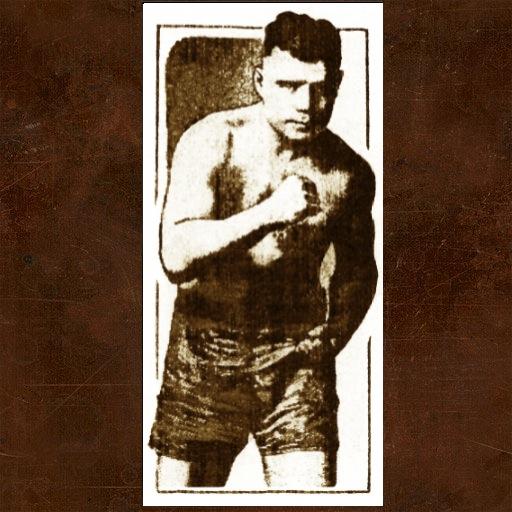The Ballard Baker Rises to the Top
Tue, 01/10/2012
Anyone with windows overlooking the streetcar tracks knew why so many men and a few women were boarding Ballard’s Streetcar No. 28 early in the afternoon of New Year’s Day 1931. It was a big day for the small community – a Ballard boy was on the verge of glory and nobody wanted to miss the spectacle.
Not far away – just a five mile streetcar ride plus a one-block walk – Seattle’s Crystal Pool, the 1915 building with the ornate terra cotta exterior, stood ready to host the arrival of 3,500 paying fans. Perched on high ground at Second Avenue and Lenora, the Crystal Pool served as Seattle’s natatorium during the summer months, a place where swimmers splashed around in a quarter million gallons of Elliott Bay seawater; filtered, heated and pumped into the one of finest saltwater swimming pools in the Pacific Northwest. But during the winter months more money could be made by converted the pool into a different kind of venue, one where the only visible saltwater dripped from the pores of men wearing only trunks and gloves. America and much of the world was crazy for boxing during the early decades of the 1900’s. In fact, the south end of the Crystal Pool housed a business known as Druxman’s Gym where seven days a week men practiced the art of boxing.
By 1931 all Americans felt the effects of the Great Depression. Many businesses had closed. Those that survived searched for creative ways to sell products or services. As a promoter of Seattle boxing events, Nate Druxman struggled to keep his business afloat, slashing ticket prices to match the falling wages of workers. In late 1931 Nate tested a new idea – promote a heavyweight boxing tournament to determine the first undisputed heavyweight champion in the Pacific Northwest. Award the crown to the man who could fight his way through a list of the Northwest’s best, and offer the winner a gold belt valued at $250, about two-thirds of what many laborers earned for an entire year’s work. Druxman started the series of contests in mid-November 1930 with the championship match scheduled for New Year’s Day 1931. Two men fought their way through the tournament without suffering defeat. Ballard’s Eddie Gross was one.
Eddie grew up at 924 Ballard Way, one of six children of Polish immigrant parents. He worked at the local box factory as a boy but turned to baking as his trade. His interest in boxing started early – Eddie claimed that he learned the sport behind the family barn – but his formal training happened along Market Street where the Ballard Athletic Club rented space for a gymnasium. Like alcohol, prizefighting was illegal in Washington State at the time, yet organizations were permitted to stage exhibitions for their membership, a loophole that allowed boxing to prosper in spite of the law. The sport offered fraternal and other community organizations a way to make money during the lean times of the 1930’s. The Ballard Athletic Club hosted amateur bouts regularly as did the Catholic Order of Foresters who sponsored “smokers” at St. Alphonsus Parish’s Recreation Hall.
Eddie Gross worked full time as a baker, but he liked the extra money his ring talents earned him. He worked out regularly. Standing just five feet nine inches, Eddie eventually grew into the heavyweight category. In late 1930 when he heard about Nate Druxman’s idea for a heavyweight tournament, Eddie decided to enter. He fought every week of the tournament, and for a short time his earnings allowed him to leave his baking job to train fulltime. On New Year’s Day 1931 Eddie Gross, the man who local sportswriters called the Ballard Baker, won the championship in front of a sell-out crowd at a Crystal Pool loaded with Ballard rooters, and he took home the promised gold belt provided by Seattle businessman Ben Paris.
The location of the coveted gold belt, engraved to Eddie as Northwest Heavyweight Champion, is now unknown. Perhaps it awaits discovery in some dark attic to be revered once more as symbol of a very different time, when most families owned a pair of boxing gloves and every community, even the tiniest, had a gymnasium where boys tested the speed of their hands and the power of their punch.
The new book A Dream, A Buck, An Era looks at the Pacific Northwest during the years of the Great Depression. Anacortes author Robert Jepperson writes about a time when streetcars were common, when the alcohol industry moved underground, and the largely immigrant population searched for ways to make a dollar during challenging times.
The book can be ordered from your local bookstore, from Amazon.com, or from the author at 360-588-8786 or jeppers@frontier.com


